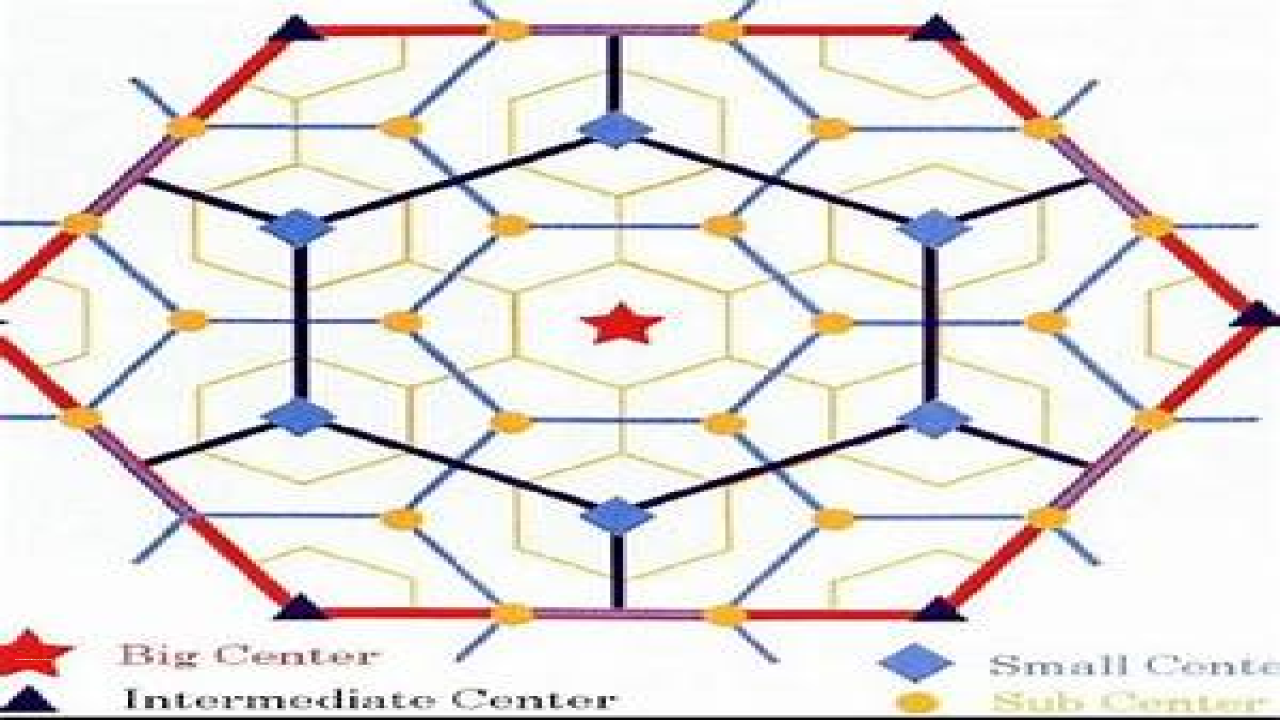Perroux and Boudeville’s concept of growth poles
Perroux and Boudeville were two French economists who developed the concept of growth poles in the 1950s and 1960s. The concept of growth poles was based on the idea that economic growth could be generated by concentrating investment in specific regions or cities.
Meaning
Perroux and Boudeville’s concept of growth poles is based on the idea that economic growth can be generated by concentrating investment in specific regions or cities. The theory proposes that by investing in key sectors or industries in a particular region or city, the entire region or city will benefit from increased economic activity and employment opportunities.
History
The concept of growth poles was first proposed by François Perroux in the 1950s. Perroux was a French economist who was interested in understanding the factors that contributed to economic growth. He proposed that economic growth could be generated by concentrating investment in specific regions or cities. The concept was further developed by Jean Boudeville in the 1960s, who proposed that the concentration of investment in growth poles could be used to reduce regional disparities in economic growth.
Types
There are two main types of growth poles: urban growth poles and rural growth poles. Urban growth poles are typically large cities or metropolitan areas that have a concentration of economic activity and infrastructure. Rural growth poles are typically small towns or villages that have a concentration of economic activity in a specific sector, such as agriculture or tourism.
Examples
One example of a growth pole is Silicon Valley, which is located in the San Francisco Bay Area of California. Silicon Valley is a hub of technology companies and start-ups, and has been a major driver of economic growth in the region. The concentration of technology companies and investment in research and development has created a network effect, attracting more businesses and investment to the region.
Another example of a growth pole is the tourism industry in Bali, Indonesia. Bali is a rural growth pole, with a concentration of economic activity in the tourism sector. Investment in infrastructure and marketing has led to a significant increase in tourism in the region, creating jobs and driving economic growth.
Issues
One of the issues with the concept of growth poles is that it can lead to regional disparities in economic growth. By concentrating investment in specific regions or cities, other regions may be left behind and experience slower economic growth. Additionally, growth poles may be susceptible to economic shocks or disruptions, which can have a significant impact on the entire region or city. Finally, the concentration of economic activity in a specific sector or industry can lead to a lack of diversity in the economy, making it more vulnerable to downturns in that sector or industry.


